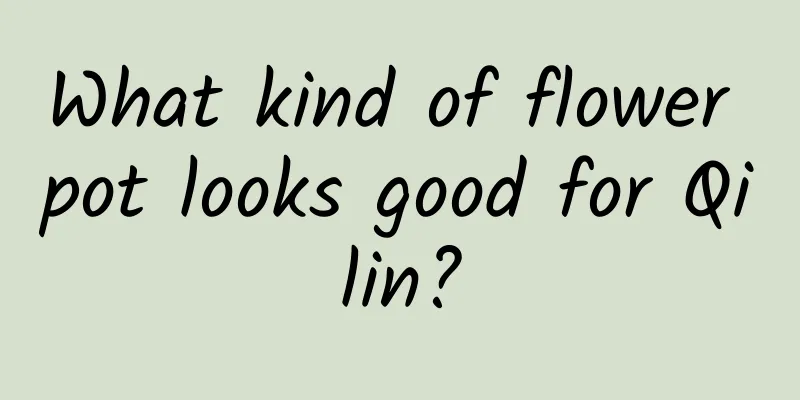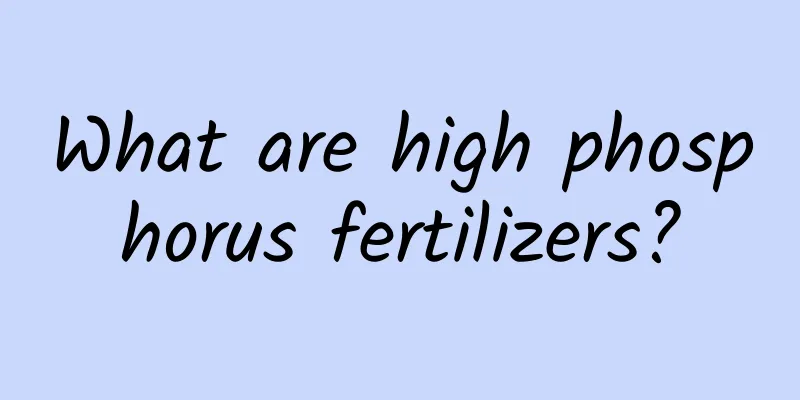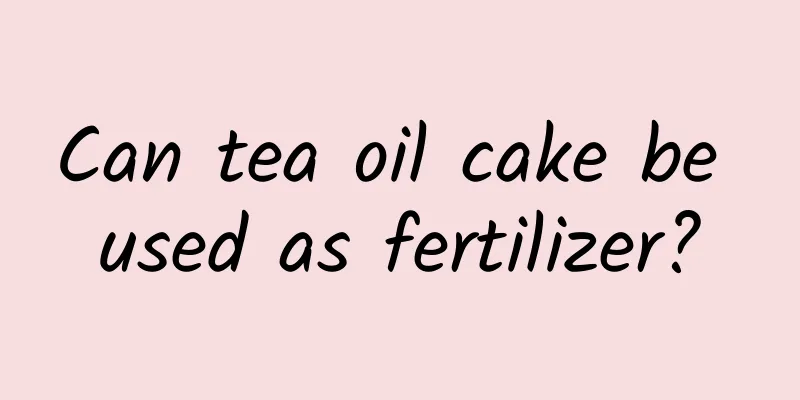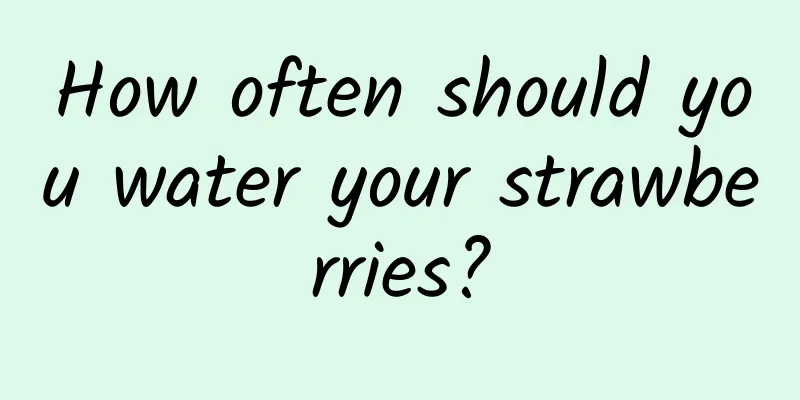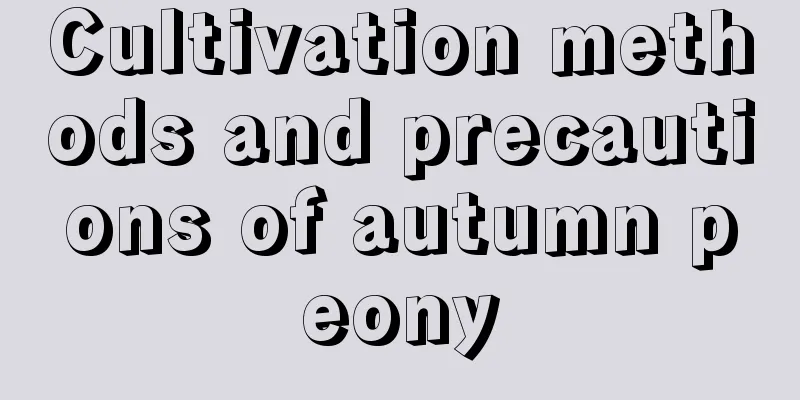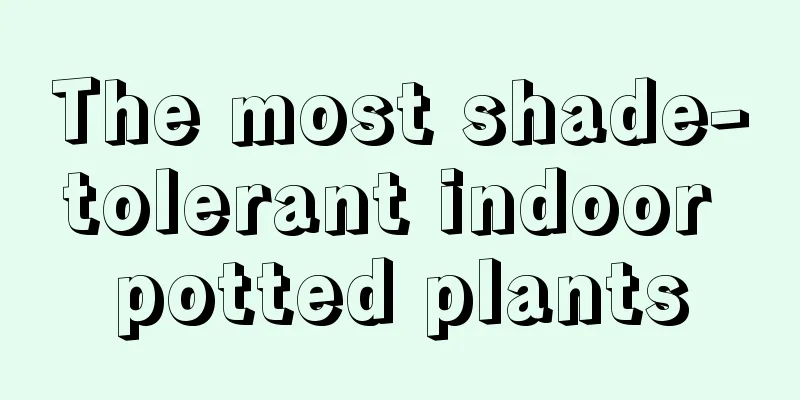Planting technology of Chinese yam in the south
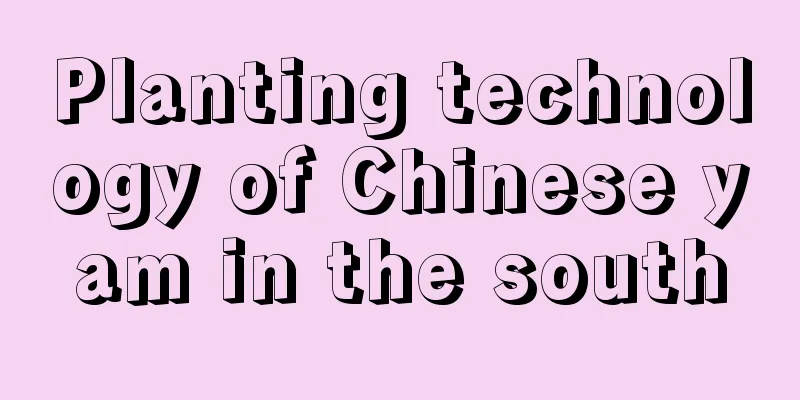
|
Huaishan, also known as yam, is rich in nutrients, contains a large amount of protein and vitamins, and has high medicinal value. It is planted in many areas. Here we will introduce the planting technology of southern Huaishan. 1. Land selection Huaishan cannot be planted continuously. The growth of Huaishan has high requirements on soil quality. Sandy soil should be selected. Loose soil is conducive to the rooting and growth of Huaishan. The soil layer should be deep, loose, well-drained, and rich in organic fertilizer. Water-land rotation fields should also be selected as gardening land . Fertile loess or black soil should not be selected. 2. Seed selection When selecting yam, you need to choose fresh tubers with good overall germination as seeds, and dig them up from the ground before planting. Do not choose tubers that have been away from the soil for too long, as such tubers are not conducive to growth. To ensure that the tubers are uniform in size, neat in shape, and free of signs of disease and pests, it is best to choose stronger tubers as seeds. Usually the diameter of the tubers is guaranteed to be 3 to 4 cm. 3. Land preparation When preparing the fields, add organic fertilizer , make them into high ridges and wide furrows, and make them into trapezoids. Dig drainage ditches to ensure that rainwater can be discharged in time during the rainy season and will not affect plant growth. If yam has root rot during its growth process, it will cause irreversible adverse effects. The best option is to pay attention to drainage and reduce the impact of drought and flood disasters. 4. Planting method During the period from the Spring Equinox to the Qingming Festival, cut the potatoes into pieces, lay them flat in order, and insert them upright into the sand with 1 cm exposed. Cover them with straw and then a small layer of soil. This method can keep moisture in the yam during the planting process and prevent the growth of weeds, and is highly practical. 5. Field management Field management includes supports, spraying, fertilization, and construction of drainage and irrigation facilities. Since yam is a vine , a frame must be built to guide the vines. The function of the frame is to ensure ventilation and light transmission, reduce the occurrence of diseases and pests, and increase yield. We should focus on root irrigation to prevent diseases, use the correct fungicide to prevent the occurrence of diseases and pests, and also carry out weeding. Through years of research on the growth of yam, it was found that yam requires less fertilizer in the early stages of growth, but more fertilizer in the middle and late stages. Water management is to keep the soil moist from May to August. In the dry season, pay attention to watering to keep the soil moist so that the plant can maintain normal growth. In the rainy season, drainage must be ensured and the soil should not be too moist, otherwise it will cause root rot of the yam and cause losses. Weeding is an important part of field management and requires considerable effort. Manual weeding often uses spraying weed killer spray. Once the spray is sprayed on the vine, it will burn the vine and affect the growth of yam. Appropriate drug intervention should be carried out, and some growth regulators should be sprayed to ensure the stable growth of underground tubers. 6. Pest and disease control Huaishan has many diseases and pests, the pests generally include the fall armyworm, red spider, cutworm, etc., and the diseases generally include anthracnose, leaf spot and wilt, etc. To prevent and control insect pests, it is necessary to spray mist on the plant surface and the ground during the seedling stage and the growth period to eliminate pests and diseases. To prevent and control diseases, it is necessary to spray pesticides after the seedlings emerge for comprehensive killing and protection. That’s it |
<<: How to plant yellow broom tree stump bonsai?
>>: Cultivation methods and precautions of bamboo begonia
Recommend
What is the best month to plant soybeans in spring?
When to plant soybeans in spring In spring, soybe...
The cutting season and method of the lucky tree. Can the new branches of the lucky tree be cut?
1. Cutting season The season for grafting lucky t...
Cultivation methods and precautions of Glorious Years sunflower
Glorious Years is a variety of sunflower. This pl...
Planting methods and precautions for longevity tree potted plants
The longevity tree is one of the most popular flo...
Can peony be placed in the bedroom?
1. Can it be placed in the bedroom? It is not app...
What is the function of peony flowers?
Ornamental effect When it comes to peony flowers,...
Names and pictures of garden landscape trees (common garden greening tree varieties)
Garden landscape tree types There are many variet...
When to plant rose seedlings
1. Planting time The best time to plant rose seed...
Is it suitable to grow tiger skin orchid indoors? What should I pay attention to when growing it indoors?
1. Is it suitable to keep it indoors? Tiger Piran...
When is the best time to plant hibiscus? Best time to transplant
The commonly used propagation methods of Amaranth...
How to plant Kalanchoe seeds
1. Seeds The first point that needs to be explain...
What to do if aloe leaves turn red
What to do if aloe leaves turn red Redness of alo...
Common plants that help you sleep
Common plants that help you sleep Lavender When t...
How to grow Christmas cactus until it overflows the pot
1. Light In order for the pot to bloom, sufficien...
Does flower cultivation also depend on “the right time, right place, and right people”?
Lighting issues When growing flowers, you must &q...
